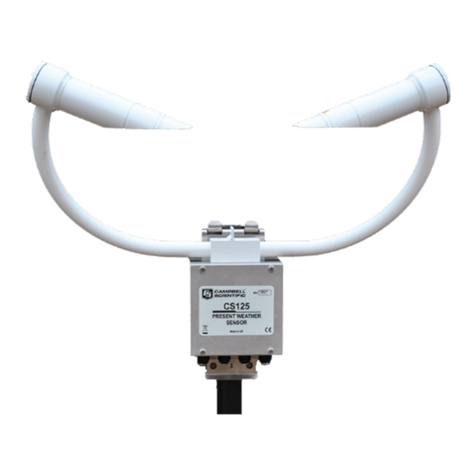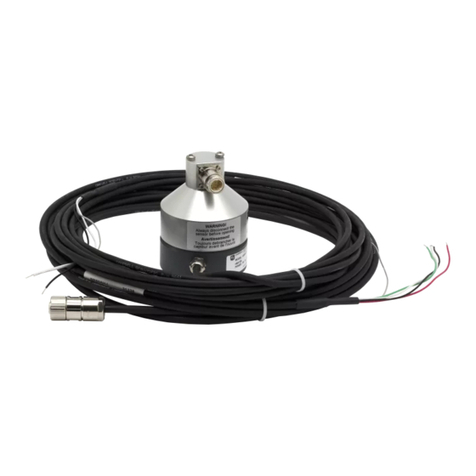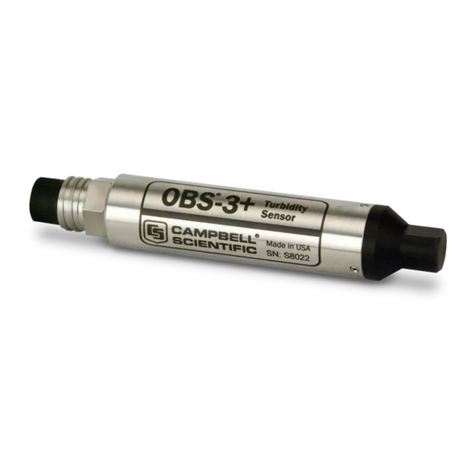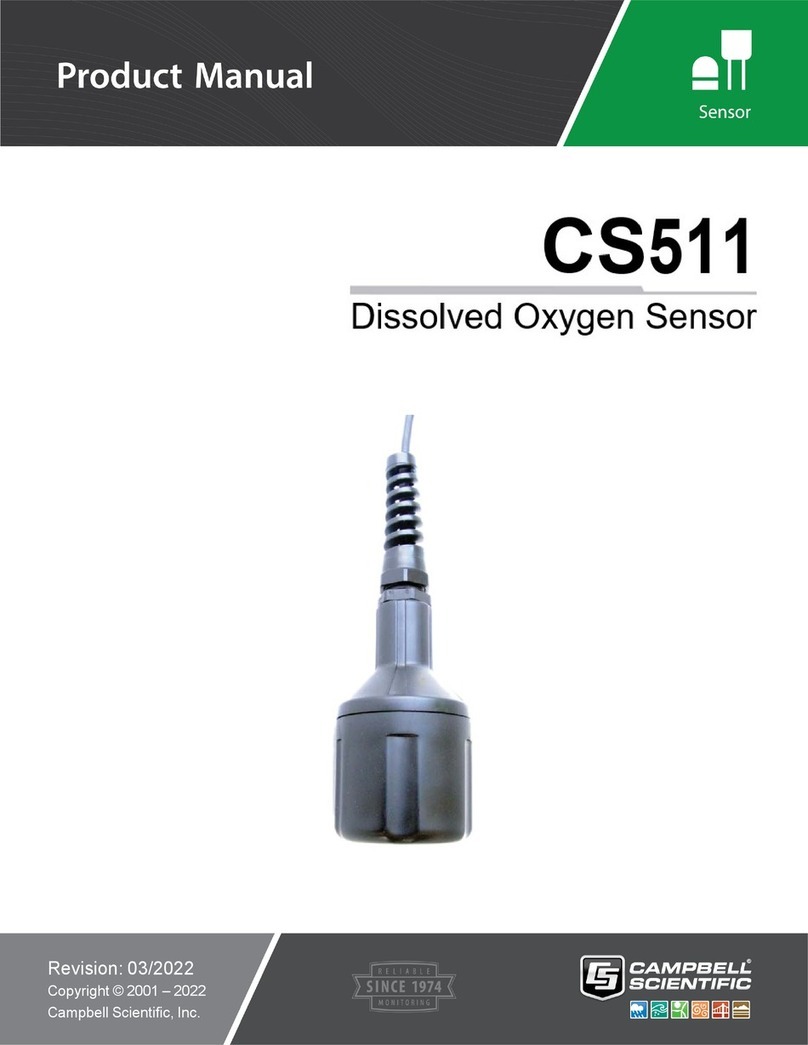Campbell SkyVUE Pro User manual
Other Campbell Accessories manuals
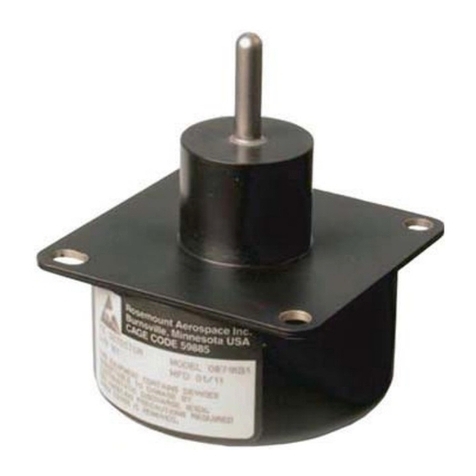
Campbell
Campbell 0871LH1 User manual
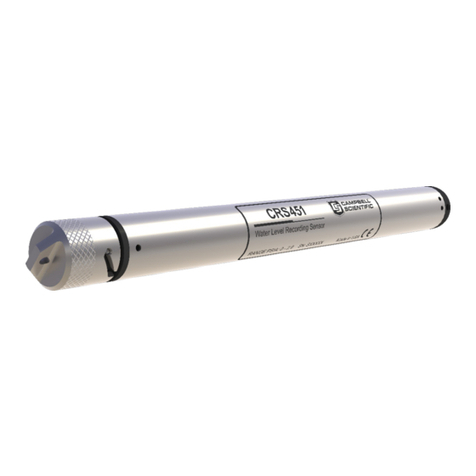
Campbell
Campbell CRS451 User manual
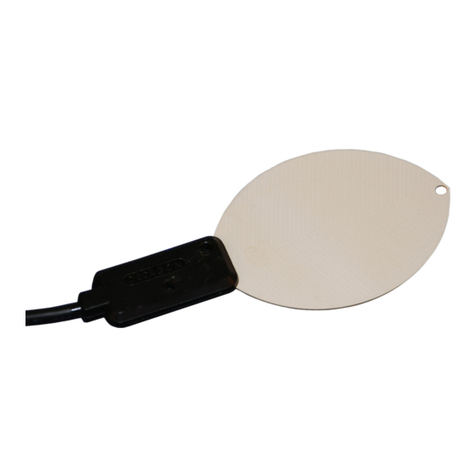
Campbell
Campbell LWS-L User manual
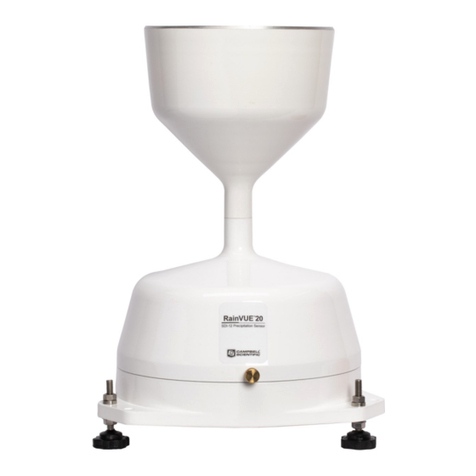
Campbell
Campbell RainVUE SDI-12 Series User manual
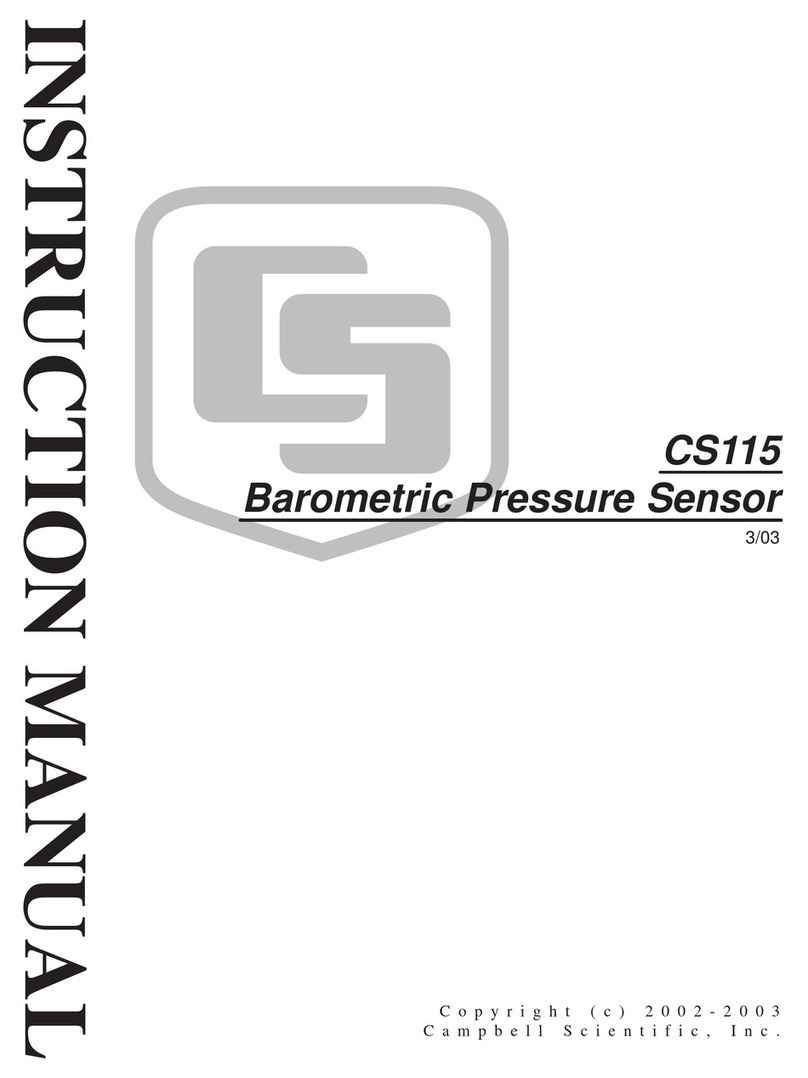
Campbell
Campbell CS115 User manual
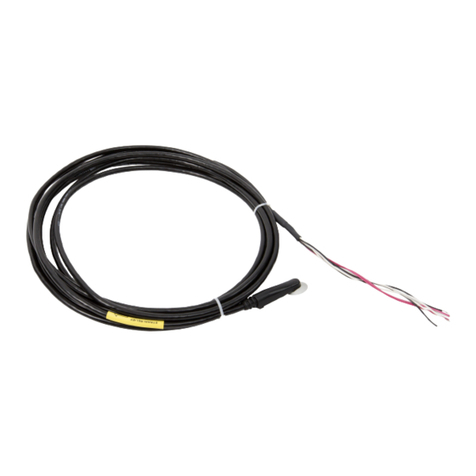
Campbell
Campbell CS240 User manual
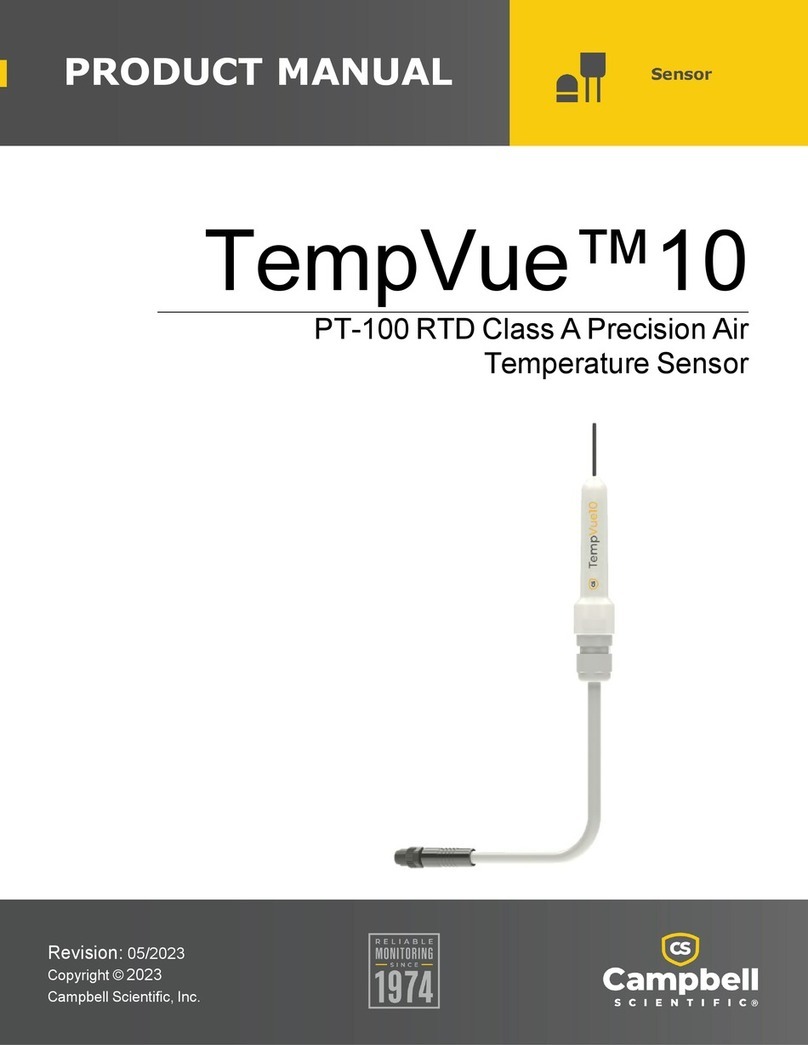
Campbell
Campbell TempVue 10 User manual
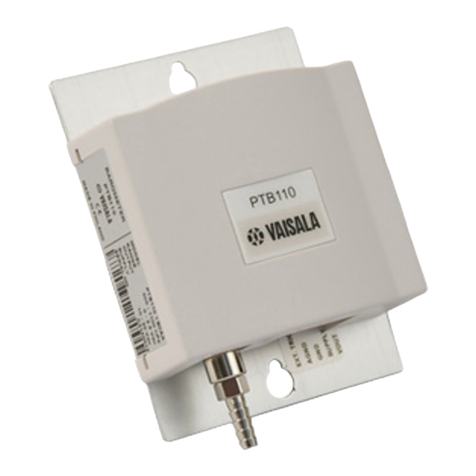
Campbell
Campbell CS106 User manual
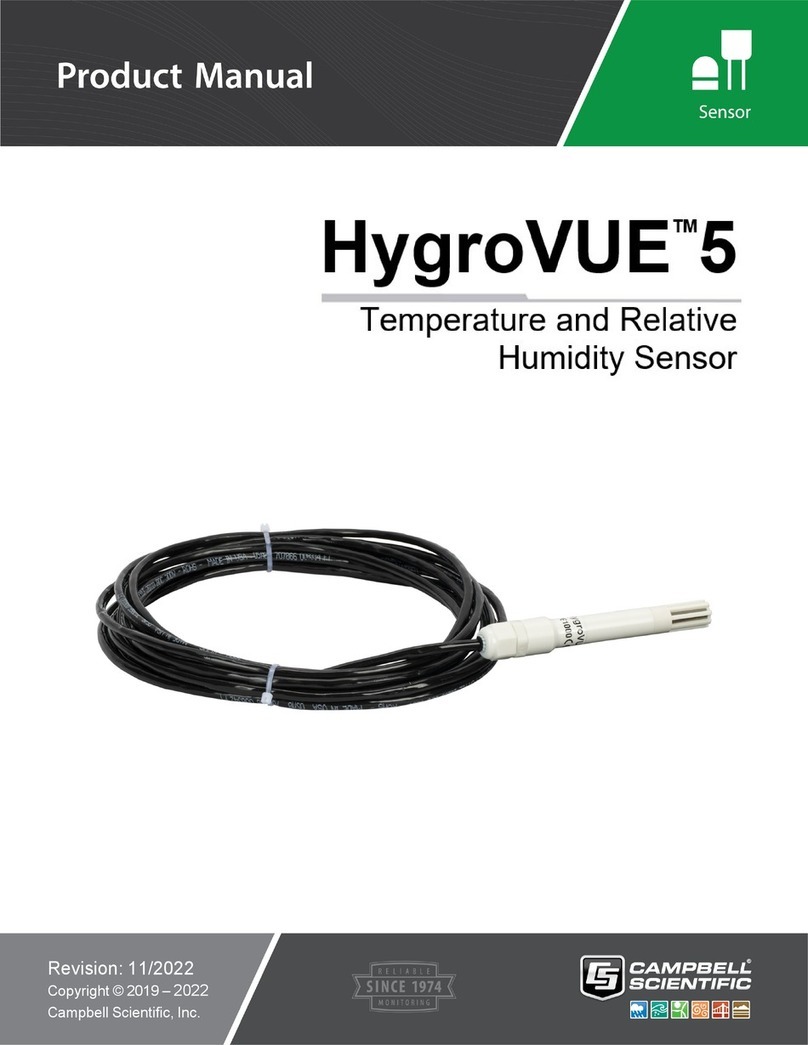
Campbell
Campbell HygroVUE 5 User manual
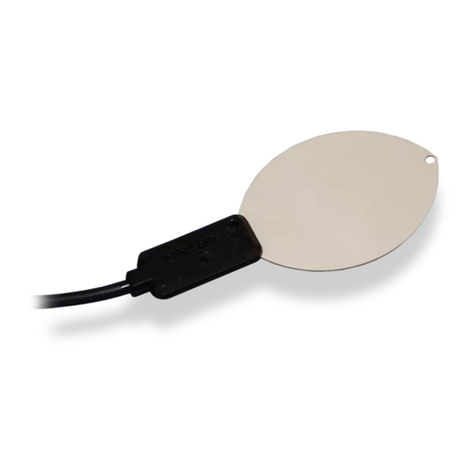
Campbell
Campbell LWS User manual

Campbell
Campbell CS105 User manual
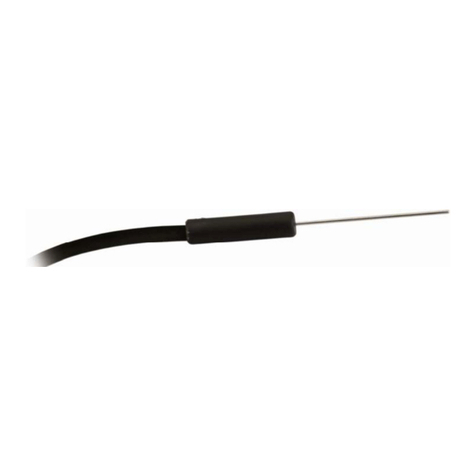
Campbell
Campbell TEMPERATURE PROBE 109SS User manual
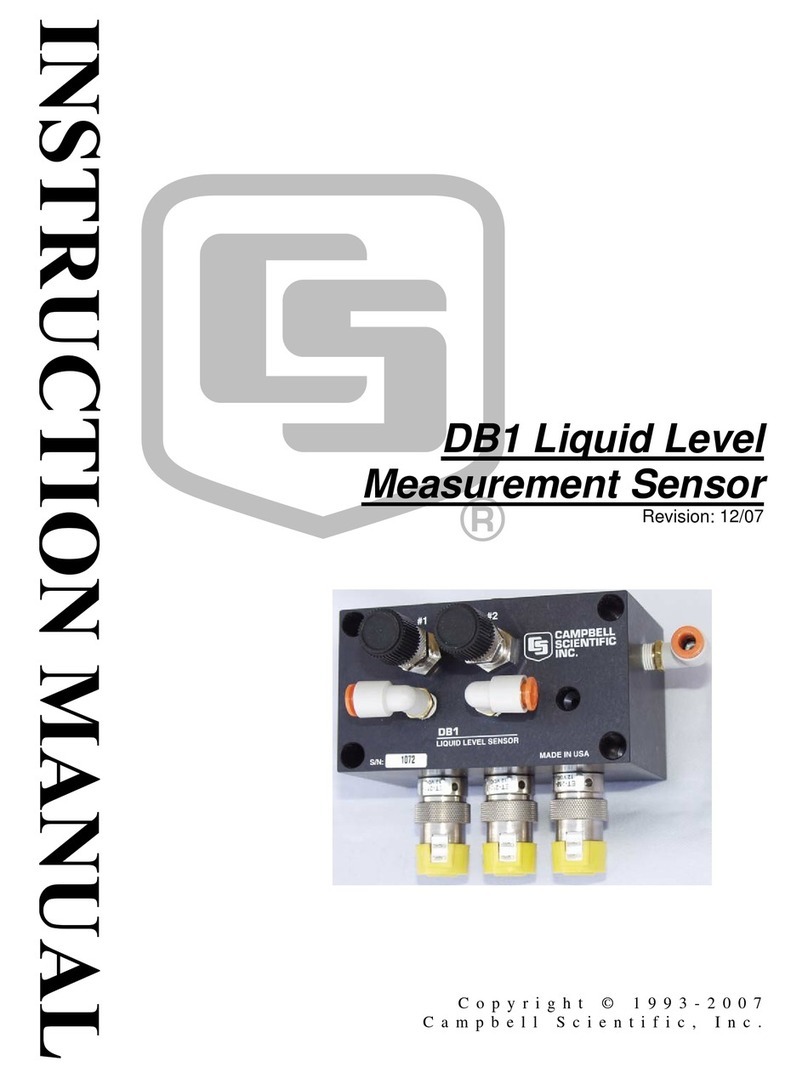
Campbell
Campbell DB1 User manual
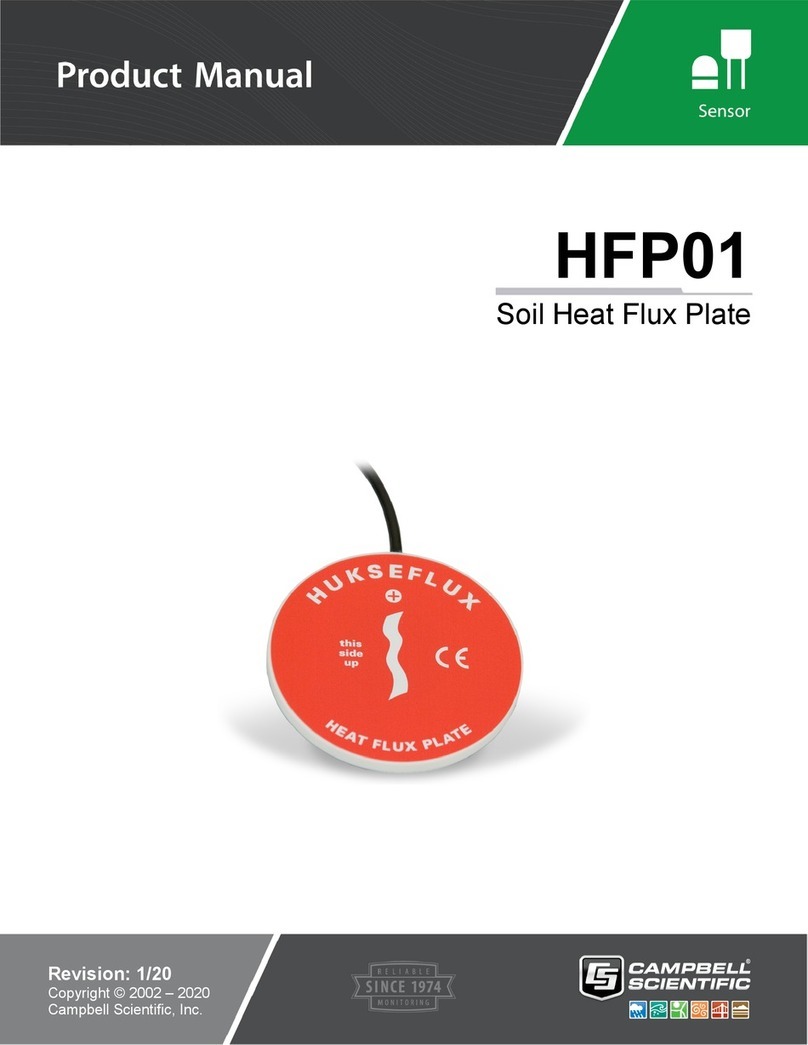
Campbell
Campbell HFP01 User manual
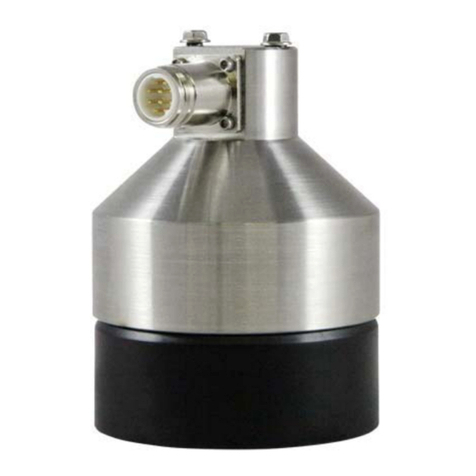
Campbell
Campbell SR50A Series User manual
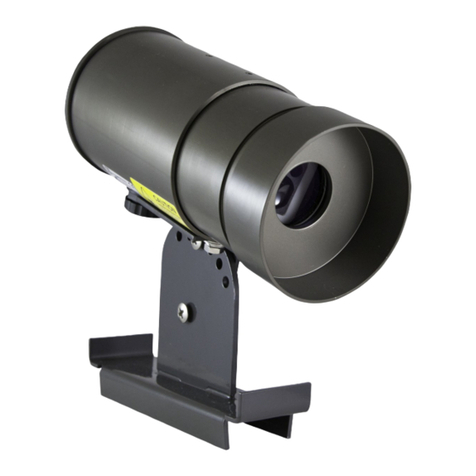
Campbell
Campbell SDMS40 User manual
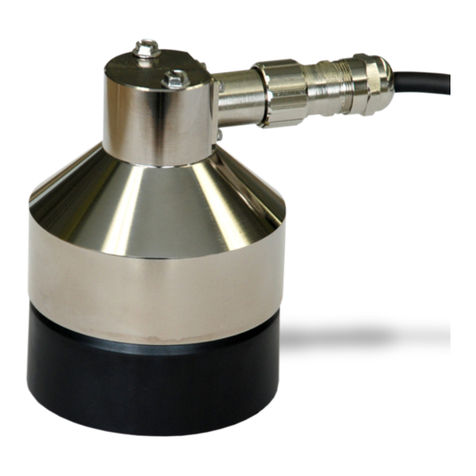
Campbell
Campbell SR50AT User manual
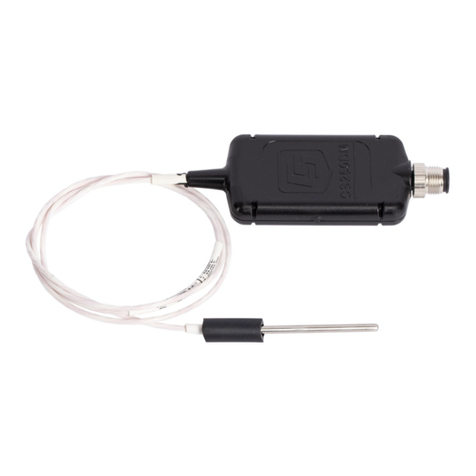
Campbell
Campbell CS250DM User manual

Campbell
Campbell CS511 User manual
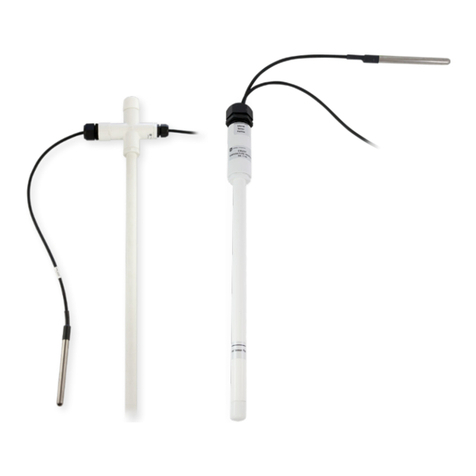
Campbell
Campbell CS230 User manual
